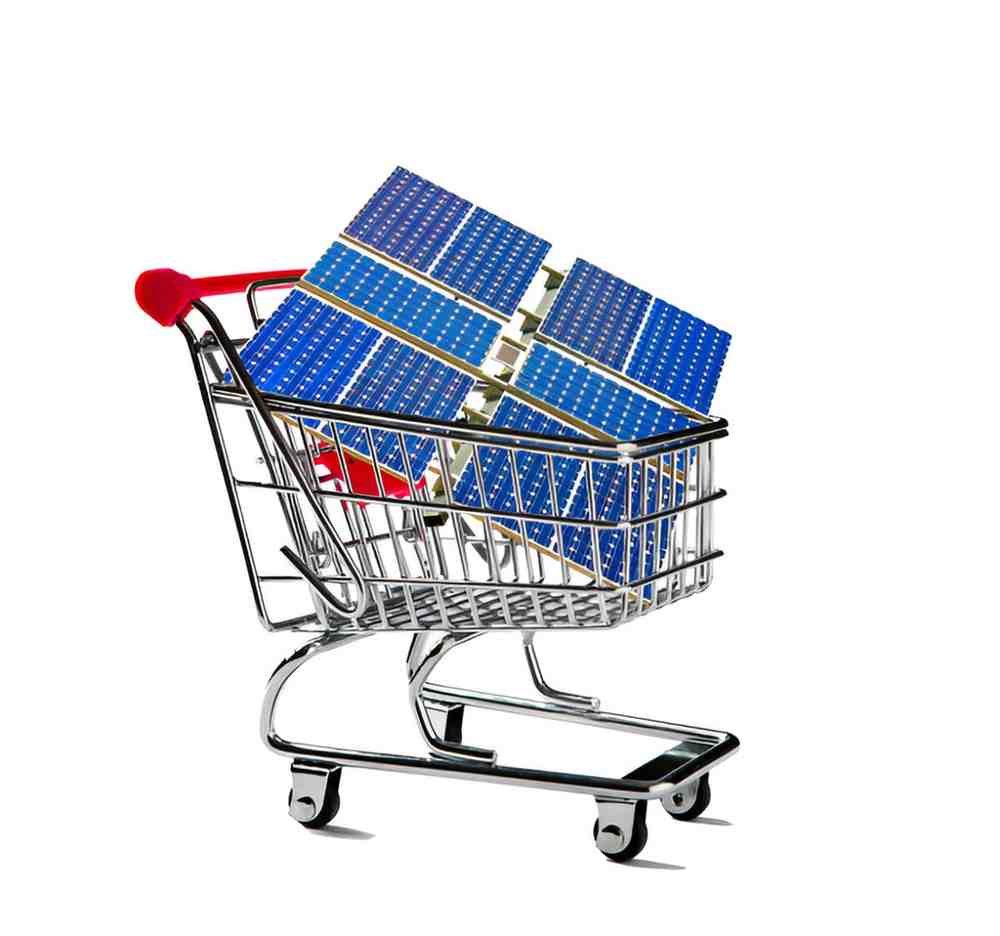As someone who has spent countless hours researching solar energy solutions, I’ve learned that choosing the best solar panels can be a challenging task. The market is flooded with options, each promising to deliver better efficiency, durability, and value. This guide will break down the essential factors to consider, helping you make an informed decision.
Table of Contents
Why Go Solar?
Solar energy is a clean, renewable resource. Installing solar panels reduces your carbon footprint, lowers energy bills, and increases your home’s value. However, not all solar panels are created equal. To get the most out of your investment, you need to evaluate your needs and understand the key differences among the available options.
Key Factors to Consider When Choosing Solar Panels
1. Efficiency
Efficiency measures how well a solar panel converts sunlight into electricity. Higher efficiency means more power generation in less space. If you have limited roof space, investing in high-efficiency panels is crucial.
Comparison Table: Efficiency Ratings of Popular Solar Panels
| Brand | Model | Efficiency (%) | Ideal For |
|---|---|---|---|
| SunPower | Maxeon 6 | 22.8 | Small roofs, high output |
| LG | Neon R | 22.0 | Residential use |
| Panasonic | HIT N330 | 20.3 | Warm climates |
| Canadian Solar | HiKu7 | 19.9 | Budget-friendly options |
2. Durability and Warranty
Solar panels face various weather conditions, including snow, rain, and hail. Durability matters, and warranties often reflect a product’s quality.
- Product Warranty: Covers manufacturing defects. Typical duration: 10-25 years.
- Performance Warranty: Guarantees a certain efficiency level over time, usually up to 25 years.
Look for panels with long warranties and strong customer reviews to ensure reliability.
3. Cost
While the upfront cost of solar panels can be significant, the long-term savings justify the investment. Compare the cost per watt (₹/Watt or $/Watt) to evaluate value for money.
Cost Breakdown for Solar Panel Installation
| Item | Average Cost Range (USD) | Notes |
|---|---|---|
| Solar Panels | $2,000 – $15,000 | Depends on type and size |
| Inverter | $1,000 – $3,000 | Converts DC to AC electricity |
| Installation Labor | $3,000 – $10,000 | Varies by region |
| Other Components | $500 – $2,000 | Includes mounts and wiring |
4. Types of Solar Panels
There are three main types of solar panels, each with unique features.
- Monocrystalline: High efficiency and sleek design. Best for maximizing energy in small spaces.
- Polycrystalline: Affordable and durable but less efficient than monocrystalline.
- Thin-Film: Lightweight and flexible but low efficiency and shorter lifespan.
Pros and Cons of Different Solar Panel Types
| Type | Pros | Cons |
|---|---|---|
| Monocrystalline | High efficiency, compact design | Expensive |
| Polycrystalline | Affordable, reliable | Lower efficiency |
| Thin-Film | Lightweight, flexible | Short lifespan, low output |
5. Temperature Coefficient
Efficiency drops as the temperature rises. Panels with a lower temperature coefficient perform better in hot climates.
Understanding Installation Requirements
Before purchasing solar panels, assess your home’s suitability.
Roof Condition
Ensure your roof is structurally sound and has a lifespan matching or exceeding the solar panels’ warranty period. Older roofs may need repairs or replacement.
Roof Orientation and Tilt
South-facing roofs receive the most sunlight. The ideal tilt angle depends on your location’s latitude.
Shading
Even small shadows can significantly reduce energy output. Use tools like solar pathfinders to identify shading issues.
Inverters and Mounting Systems
Solar panels work in tandem with inverters and mounting systems. Here’s what you need to know:
Inverters
Inverters convert the DC electricity generated by solar panels into AC electricity used by most appliances.
- String Inverters: Affordable but less efficient if shading occurs.
- Microinverters: Provide individual panel optimization, ideal for complex installations.
- Power Optimizers: Combine benefits of string inverters and microinverters.
Mounting Systems
Choose a mounting system compatible with your roof type. Options include:
- Fixed Mounts: Simple, cost-effective.
- Tracking Mounts: Follow the sun’s movement, boosting efficiency.
- Ballasted Mounts: Suitable for flat roofs without penetrating the structure.
Energy Storage Options
Pairing solar panels with a battery storage system ensures power availability during outages and nighttime.
Popular Solar Batteries Comparison
| Brand | Model | Capacity (kWh) | Cycle Life (cycles) | Price Range (USD) |
|---|---|---|---|---|
| Tesla | Powerwall 2 | 13.5 | 5,000 | $6,500 – $8,000 |
| LG Chem | RESU10H | 9.8 | 6,000 | $5,000 – $7,000 |
| Sonnen | EcoLinx 10 | 10.0 | 10,000 | $8,000 – $10,000 |
Solar Panel Certifications
Certifications indicate a panel’s compliance with safety and performance standards.
- IEC 61215: Ensures performance reliability.
- UL 1703: Covers safety requirements.
- CE Mark: Indicates European market compliance.
Calculating Your Solar Needs
To determine the number of panels you need:
- Calculate your average monthly energy consumption (kWh).
- Check your location’s average peak sunlight hours.
- Use the formula: Number of Panels = (Monthly Consumption / Peak Sunlight Hours) / Panel Wattage
For example, if you use 900 kWh/month and receive 5 hours of peak sunlight daily, you’ll need about 6 panels of 300 watts each.
Comparing Solar Installers
Choosing the right installer is as important as selecting the panels.
- Experience: Look for certified and experienced professionals.
- Reputation: Check online reviews and ask for references.
- Warranty: Ensure the installer offers a workmanship warranty.
Financing Options
Solar installations can be expensive, but financing options make them accessible.
- Cash Purchase: Best for long-term savings.
- Solar Loans: Spread costs over time.
- Leases and PPAs: Low upfront cost, but you won’t own the system.
Conclusion
Choosing the best solar panels involves balancing efficiency, cost, durability, and installation factors. By understanding your energy needs and evaluating available options, you can make a smart investment in renewable energy. Remember, going solar isn’t just about saving money—it’s also about contributing to a sustainable future.





